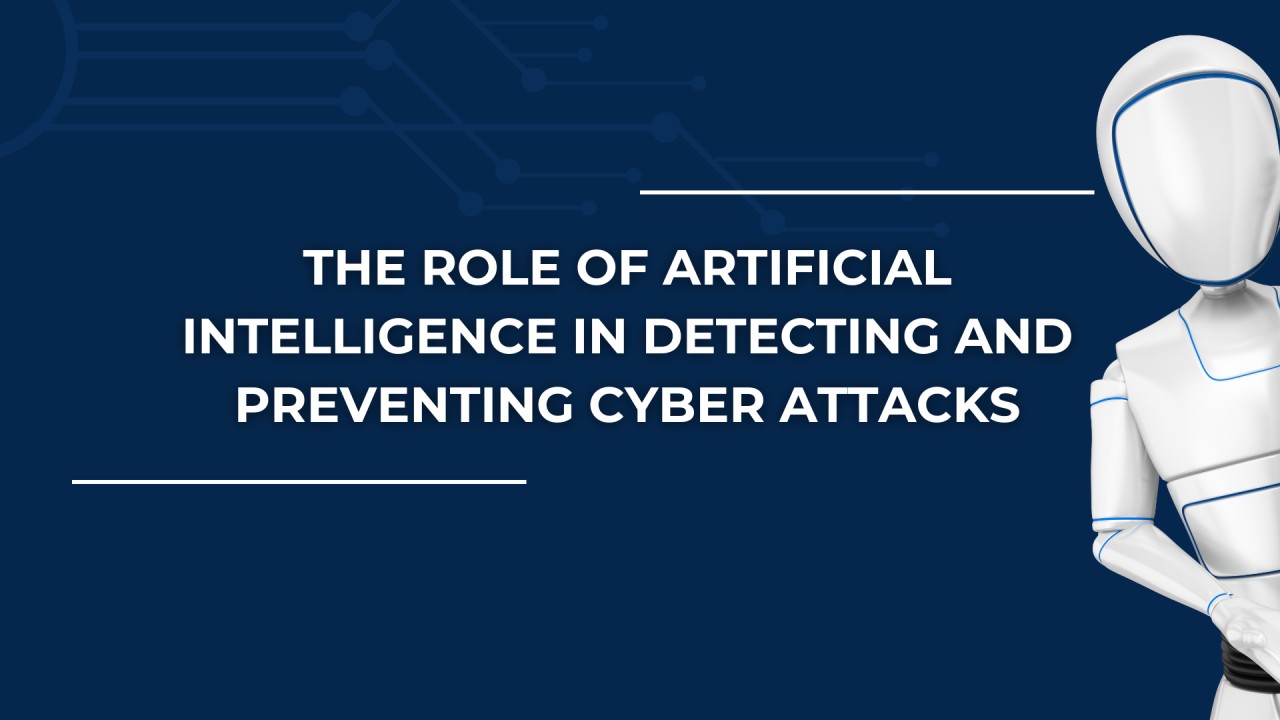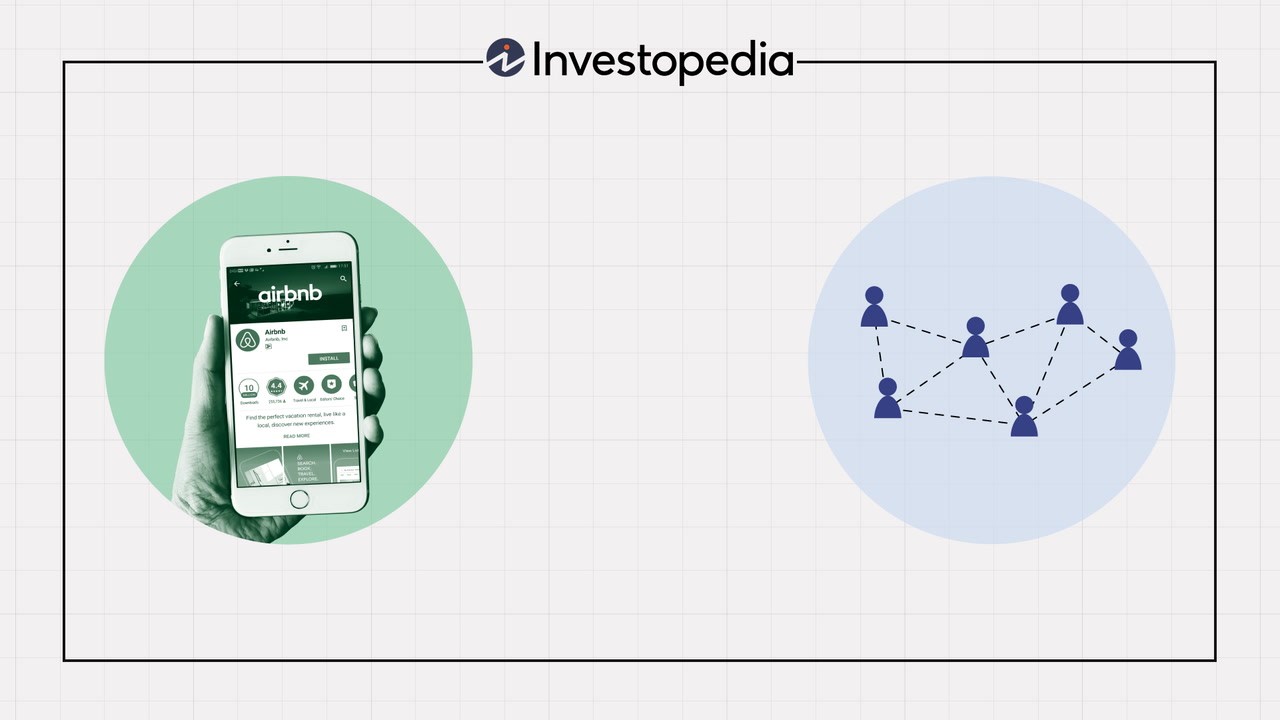Artificial intelligence is rapidly transforming the landscape of cybersecurity, offering new and sophisticated ways to detect, prevent, and respond to cyber threats. As digital infrastructures grow more complex and cyberattacks become increasingly advanced, traditional security measures often struggle to keep pace. AI introduces a dynamic layer of defense that can adapt in real time, analyze vast amounts of data, and identify patterns that would be impossible for human analysts to detect manually. Its role in preventing cyber threats is not just supportive—it’s becoming foundational to modern security strategies.
One of the most compelling advantages of AI in cybersecurity is its ability to process and analyze enormous volumes of data at speed. Every organization generates a continuous stream of digital activity, from network traffic and login attempts to file transfers and application usage. Within this data lie subtle indicators of potential threats—anomalies that might signal a breach, malware infection, or insider misuse. AI systems, particularly those powered by machine learning, can sift through this information in real time, flagging suspicious behavior and triggering alerts before damage is done. This proactive approach contrasts sharply with traditional methods that often rely on predefined rules or signatures, which can miss novel or evolving threats.
AI also excels at pattern recognition, which is critical in identifying cyber threats that don’t follow predictable paths. For example, phishing attacks have grown more sophisticated, often mimicking legitimate communications with uncanny accuracy. AI can analyze the linguistic patterns, sender behavior, and contextual clues of emails to detect subtle signs of deception. Similarly, in the realm of endpoint protection, AI can monitor device behavior and recognize deviations that suggest malicious activity, such as unauthorized access or unusual data exfiltration. These capabilities allow organizations to respond to threats that would otherwise slip through conventional filters.
Another area where AI is making a significant impact is in threat intelligence and prediction. By aggregating data from multiple sources—internal systems, global threat databases, and open-source intelligence—AI can build comprehensive models of emerging risks. These models help security teams anticipate attacks before they occur, enabling preemptive action such as patching vulnerabilities, adjusting access controls, or deploying countermeasures. Predictive analytics powered by AI transforms cybersecurity from a reactive discipline into a proactive one, where defenses are shaped by foresight rather than hindsight.
Automation is another key benefit of AI in cybersecurity. Responding to threats often requires swift and coordinated action, from isolating affected systems to notifying stakeholders and initiating recovery protocols. AI-driven systems can automate these responses, reducing the time between detection and mitigation. For instance, if an AI system identifies ransomware behavior on a network, it can immediately quarantine the affected device, block further communication, and alert the security team. This rapid response minimizes damage and prevents the spread of the attack. Automation also frees up human analysts to focus on strategic tasks rather than routine monitoring, enhancing overall efficiency.
Despite its strengths, AI is not a silver bullet. Cybersecurity remains a complex field where human judgment, experience, and oversight are indispensable. AI systems are only as good as the data they’re trained on, and they can be vulnerable to adversarial manipulation. Attackers may attempt to deceive AI models by feeding them misleading data or exploiting blind spots in their algorithms. This underscores the importance of maintaining transparency, continuously updating models, and integrating AI within a broader security framework that includes human expertise. The goal is not to replace analysts but to augment their capabilities with intelligent tools.
The integration of AI into cybersecurity also raises important ethical and privacy considerations. Monitoring user behavior and analyzing communications can enhance security, but it must be done responsibly. Organizations need to ensure that AI systems respect privacy boundaries, comply with regulations, and operate transparently. Building trust with users and stakeholders is essential, especially as AI becomes more embedded in everyday operations. Clear policies, oversight mechanisms, and accountability structures help balance the benefits of AI with the need for ethical governance.
In the business context, the role of AI in preventing cyber threats is increasingly viewed as a strategic investment. Companies recognize that a single breach can have devastating consequences—not just in terms of financial loss, but also reputational damage and regulatory penalties. AI offers a way to strengthen defenses without exponentially increasing manpower or costs. It scales with the organization, adapts to changing threats, and provides insights that inform broader risk management strategies. From small startups to global enterprises, the adoption of AI in cybersecurity is becoming a hallmark of forward-thinking leadership.
Ultimately, the role of AI in preventing cyber threats is about enhancing resilience in a digital world that’s constantly evolving. It brings speed, precision, and adaptability to a domain where those qualities are essential. While challenges remain, the trajectory is clear: AI is not just a tool in the cybersecurity arsenal—it’s a catalyst for transformation. By embracing its potential and addressing its limitations thoughtfully, businesses can build stronger, smarter defenses that protect their assets, their people, and their future.





